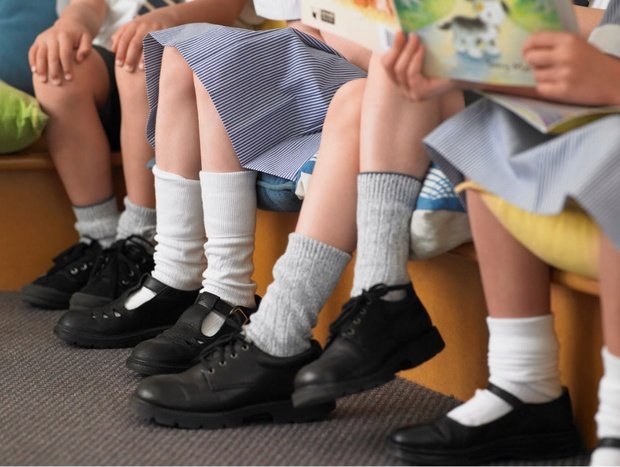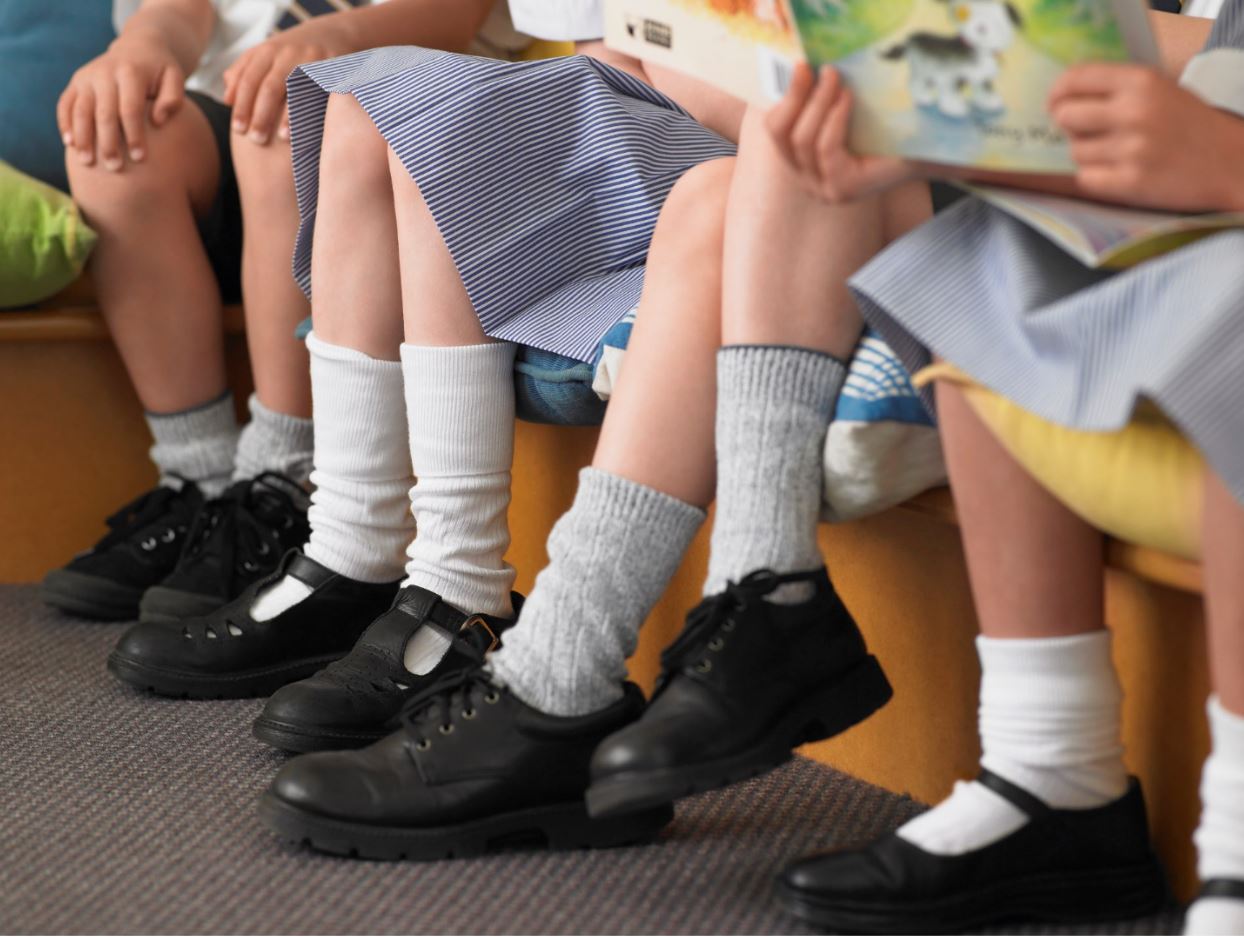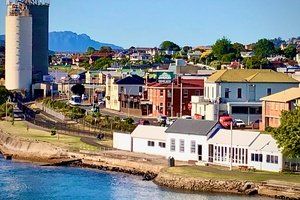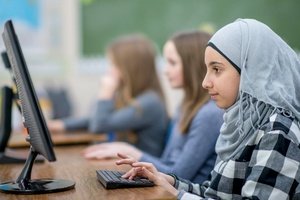They also tell a tale of a funding gap, as governments across the country came under fire over a lack of resources for the nation’s schools.
Results from NAPLAN for almost 1.3 million students in Years 3, 5, 7 and 9 were released on Wednesday.
About one in three fell short of basic standards and roughly one in ten needed additional help across every year group.
In both reading and numeracy, about one in three Indigenous children required more support compared to one in 10 non-Indigenous students.
A divide between urban and rural schools also emerged, with 24 per cent of students from very remote schools being rated as “strong” or “exceeding” compared to 70.7 per cent of students from major city schools.
“We have a good education system, but the truth is that it can be a lot better and a lot fairer – the NAPLAN results are proof of this,” federal Education Minister Jason Clare said during Question Time on Wednesday.
While the results have generated shock and concern, Australian Catholic University’s Associate Professor Steven Lewis said it reflected a years-long downward trend.
“It’s a tale of two student populations,” the education policy expert said.
“The schooling system’s serving students from advantaged backgrounds well, then there’s a lot who are simply not being served.
“This should be a real wake-up call.”

“We’ve got to make sure that we target the [funding] investments to help children who are born into poor families, live in the regions, Indigenous kids, to be able to use that power of education, get off to a great start in life,” Clare said on ABC Radio.
Australians are often quick to lay blame on teachers and students when results like these are published.
Monash University researcher, Dr Fiona Longmuir, said the results were a ‘limited and arguably damaging view of the success of our students in schools’, and called out schooling systems for failing both students and teachers.
“Concerning numbers of students are disenfranchised by their education,” Longmuir told MCERA.
“Dr Christopher Hudson looked at recent data from the Victorian Education Department and noted a 35-45 per cent increase in absence days for secondary school students from 2018-2022, and 50 per cent of students reporting that their schools do not provide a stimulating learning environment.”
Longmuir said her team’s own recent survey of Victorian teachers confirmed other studies consistently showing that only 30 per cent of teachers plan to stay in the profession until retirement and that most are overwhelmed by intense and excessive workloads.
She said there is no time to waste blaming teachers and arguing that narrow, standardised ways of teaching will solve the complex issues in our schools.
“And before I get attacked for not being for ’explicit teaching’ – I absolutely think it is an important part of what schools should do,” Longmuir clarified.
“My issue is with blaming teachers and schools for not doing it (although most actually do) and the implication that it will solve all problems.
“What is needed is for politicians, policy makers, educators, and the community to have the courage to have honest conversations about complex issues and do deep thinking about what we want for our children and young people.”
Lewis said state, territory and federal governments must be equally held to account and urged them to fund public schools to 100 per cent of the Schooling Resource Standard.
Australian Education Union federal president Correna Haythorpe said the NAPLAN results are a damning indictment on the failure of governments to fully fund public schools.
“Australia cannot close achievement gaps without closing resourcing gaps,” she said.
“The results show that the current funding system is leaving the students with the highest levels of need without the support they need to thrive, which is completely unacceptable.
“As a nation, we cannot leave the most vulnerable students without the resources and support they need to fulfil their potential.”
All states and territories have been urged to sign onto the Federal Government’s Better and Fairer Schools Agreement.
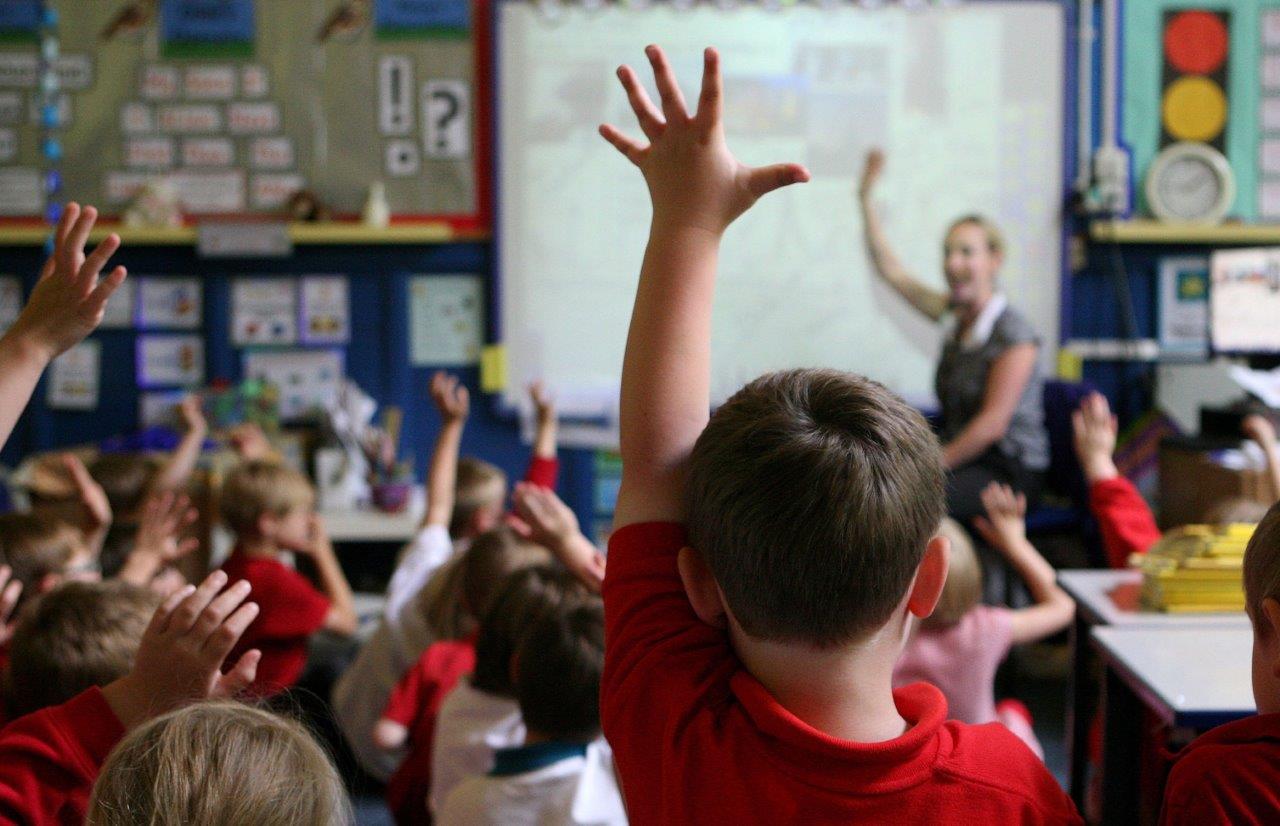
“It’s a tale of two student populations,” education policy expert Associate Professor Steven Lewis says. “The schooling system’s serving students from advantaged backgrounds well, then there’s a lot who are simply not being served. This should be a real wake-up call.”
The Northern Territory and West Australian governments have agreed, but other jurisdictions are holding out as negotiations continue.
The NSW Government has asked its federal counterpart to increase its contribution to 25 per cent, from its offer of 22.5 per cent.
Without this lift, the State Government cannot scale up pre-existing programs that help students, such as small group tutoring, NSW Education Minister Prue Car said.
“The Commonwealth Government is not doing its bit and we need them to do that in order for us to roll this out everywhere to kids that need it and deserve it,” she told reporters in Sydney.
Lewis said it was an “inappropriate and unacceptable situation” that Australia’s largest states don’t commit to fully fund public schools.
“It’s the state schools who are serving our least advantaged students and they’re also the ones with the least funding and resourcing,” he said.
Under the current agreement, the Federal Government pays least 80 per cent of the Schooling Resource Standard for non-government schools and 20 per cent for public schools.
Victorian Education Minister Ben Carroll has urged the Commonwealth to change the way it directs funding.
“If we are going to fulfil the dream of Gonski and have a needs-based ... education system, we need the Commonwealth to put a lot more funding into public education,” he said.
Federal opposition education spokeswoman Sarah Henderson said reforms were urgently needed.
“We have to get back to basics in the classroom with evidence-based teaching methods,” she said.
“It is shocking so many young Australians do not reach minimum standards of literacy and numeracy.
“Getting back to basics also means ridding the classroom of indoctrination and other activist causes.”
(with AAP)

